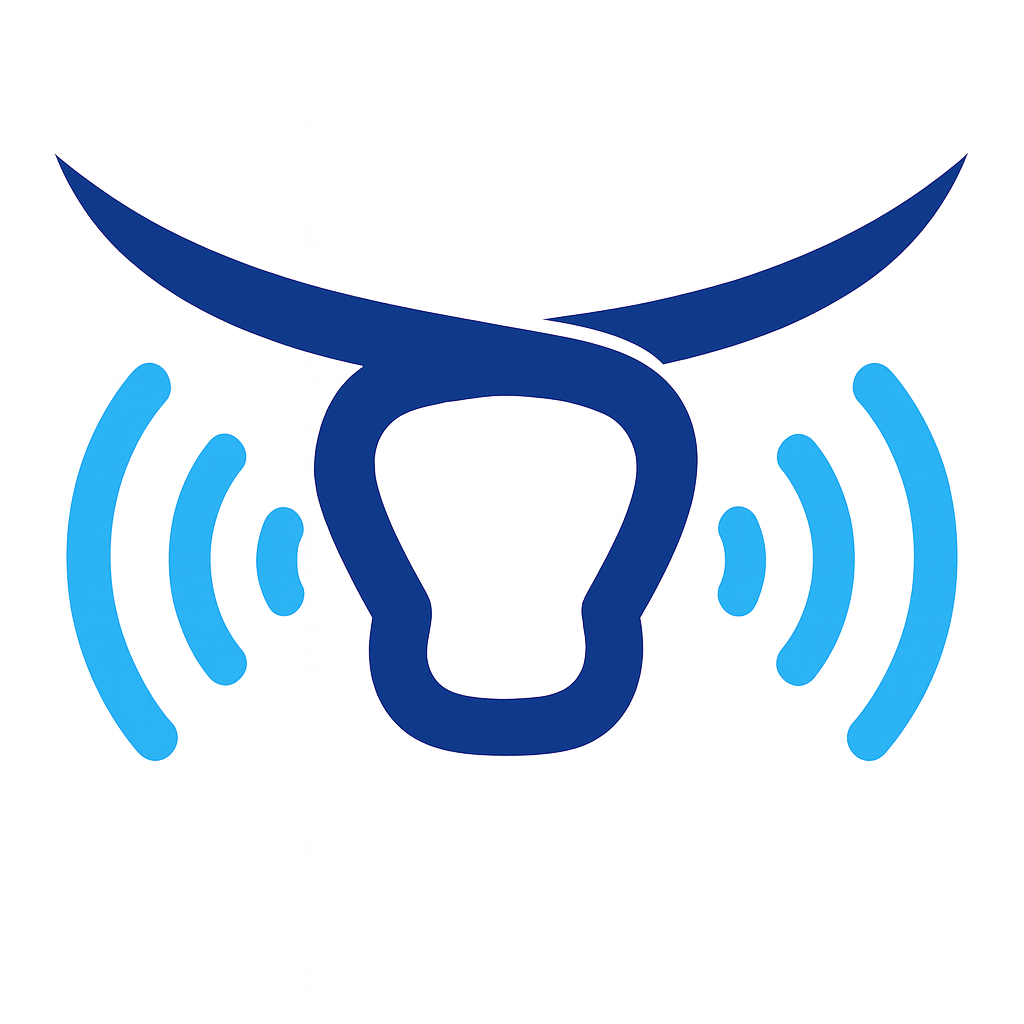Understanding Your Cattle Scales
Cattle scales are precision instruments designed to accurately measure the weight of your livestock. They consist of various components, including load cells that capture weight data, an indicator to display the weight, and a platform where the cattle stand. Some scales are portable, offering flexibility in weighing locations, while others are fixed installations. Understanding the intricacies of your cattle scales can greatly enhance your ability to use and handle them appropriately.
Avoiding Overloading
One of the most important things to remember when using cattle scales is to avoid overloading them. Every scale has a maximum weight capacity, which should be respected to prevent damage to the load cells and other components.
Understanding Weight Capacity
The weight capacity of a scale is the maximum weight it can accurately measure. This is typically indicated on the scale itself or in the accompanying manual. Scales designed for small livestock may have a lower capacity, while those designed for larger animals like cattle will have a higher capacity. It's crucial to select a scale with a capacity that accommodates the weight of your heaviest animals, with some room to spare.
The Consequences of Overloading
Overloading a scale can lead to several problems. Firstly, it can cause immediate inaccuracy in weight readings, rendering the data useless for your livestock management needs. Secondly, overloading can cause physical damage to the scale, particularly the load cells. This can result in costly repairs or replacements and potentially lead to a premature end of your scale's lifespan.
Preventing Overloading
Preventing overloading is primarily a matter of being mindful of the weight capacity of your scale. Always know the approximate weight of your livestock before attempting to weigh them, and ensure it is within the scale's limit. Also, if your scales allow for multiple animals to be weighed at once, make sure their combined weight doesn't exceed the scale's capacity. Regular checks and maintenance of the scales can also help detect and rectify any damage caused by previous overloading.
Correct Placement of Scales
Where and how you place your cattle scales can significantly impact their performance and lifespan. One critical aspect is ensuring the scales are on a flat and stable surface.
The Importance of a Flat and Stable Surface
Placing your scales on a flat surface is essential for accurate readings. An uneven surface can lead to uneven weight distribution on the platform, causing inaccurate readings and potentially damaging the scales. Furthermore, a stable surface is important to ensure the scales remain stationary while in use. A moving or unstable scale can lead to inaccurate readings and may cause stress or injury to the animals being weighed.
Finding the Right Spot
Finding the right spot for your cattle scales may require some consideration. It needs to be a flat and stable area, but it should also be convenient for moving your livestock onto and off the scales. If the scales are portable, you have the flexibility to move them around to find the best location. If they are fixed, you may need to do some groundwork to create an appropriate spot. Remember, the right location can make the weighing process smoother and safer for both you and your livestock.
Careful Movement of Scales
Moving your scales should be done with care. Remember, cattle scales are precision instruments, and even minor jolts or bumps can potentially cause damage.
The Risks of Improper Movement
Improper handling during movement can lead to several problems. This can cause physical damage to the scales, particularly the load cells and other sensitive components. In severe cases, it could result in costly repairs or replacements, and in minor cases, it could lead to inaccurate weight readings.
Guidelines for Safe Movement
When moving your scales, ensure you're doing so safely. If you're moving portable scales, make sure they're properly secured before transportation. Use appropriate equipment, such as a hand truck or dolly, to move heavy scales, and avoid sudden jolts or bumps. Remember, your scales are not just another piece of farm equipment; they're precision instruments that need to be handled with care.
Securing Portable Scales
If your scales are portable, ensuring they are securely fastened during transportation is crucial. This not only protects the scales from damage during transit but also ensures they remain stable during use.
The Importance of Secure Fastening
Secure fastening of portable scales is important for two main reasons. Firstly, it protects the scales from damage caused by movement during transportation. This includes damage from sudden jolts, as well as scratches or abrasions that could occur if the scales slide around. Secondly, a securely fastened scale is a stable scale. This is essential for accurate weighing, as an unstable scale can lead to inaccurate readings.
How to Secure Your Scales
There are several ways to secure your scales for transportation. This could be as simple as using straps or ropes to tie the scales down, or it might involve a more complex system of clamps and brackets. The method you choose will depend on the design of your scales and the mode of transportation. Whatever method you use, always ensure the scales are securely fastened before moving them.
Conclusion
Proper use and handling of your cattle scales are essential for accurate weighing and a prolonged lifespan of your equipment. By avoiding overloading, ensuring correct placement, moving the scales with care, and securely fastening portable scales, you can maintain the reliability and longevity of this critical tool for livestock management.
topics to be covered in future blog articles:
- Proper use of cattle scales
- Avoiding overloading scales
- Placement of cattle scales
- Safe movement of cattle scales
- Securing portable cattle scales
- Handling cattle scales
- Cattle scale care
- Livestock scale handling
- Cattle weighing guidelines
- Maintaining cattle scales

